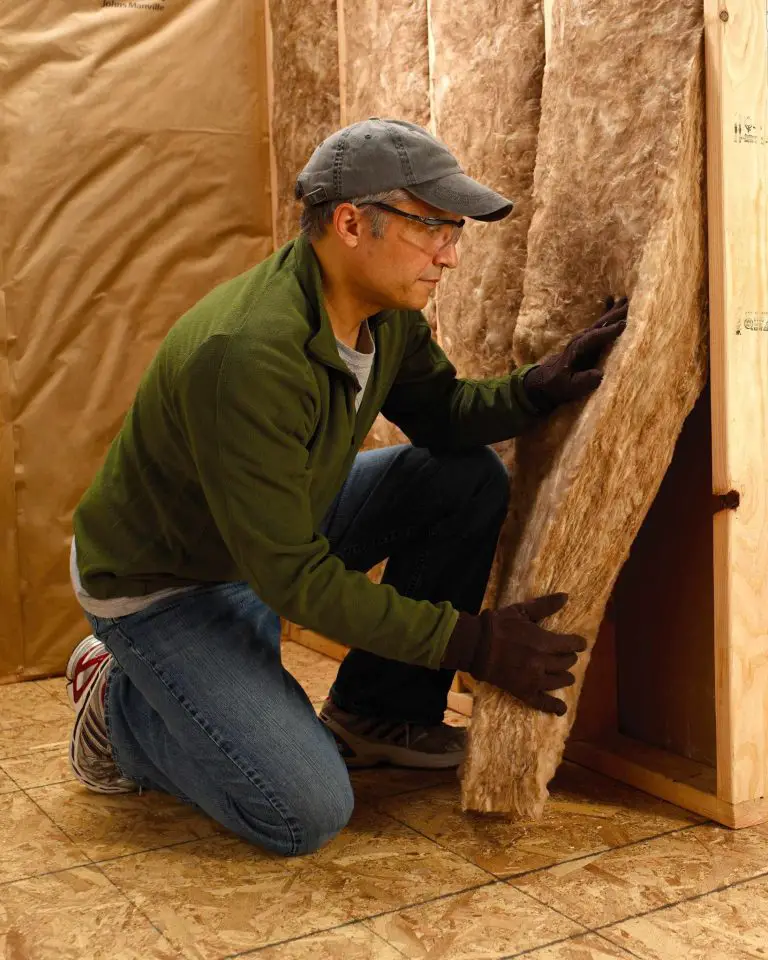As homeowners increasingly prioritize safety, smart home technology offers innovative solutions to enhance residential security. From remote monitoring that keeps an eye on your property from afar, to intelligent detectors that alert you to unseen dangers, these technological advancements provide not just protection but also peace of mind.
So, let’s explore precisely how integrating smart home features can enhance safety.

Remote Monitoring Systems: They’re Your Eyes When You’re Away
Remote monitoring systems stand at the forefront of enhancing home safety. Equipped with real-time cameras and sensors, these devices allow homeowners to keep a vigilant eye on their property from any location.
Whether it’s checking who is at the door via your smartphone, or scanning your garden for unwelcome visitors at night, remote monitoring provides peace of mind.
Notably effective in deterring potential intruders, it’s like having a personal security guard who never blinks (and you don’t have to offer them coffee). These systems also send alerts directly to your phone, ensuring you’re always in the loop should anything unusual occur.
Smart Locks: Keyless Entry, Limitless Security
Smart locks revolutionize entry security by eliminating traditional keys, integrating with your smartphone or biometric data.
Forget about hiding spare keys under the mat ‒ smart locks use fingerprints, codes, or facial recognition to grant access. You can also assign temporary codes for guests without compromising overall security. This feature is especially useful when you’re away: just a few taps on your phone, and you can manage who enters your home.
Furthermore, the audit trails provided by these locks keep a detailed log of entries and exits, which are perfect for monitoring activity around sensitive areas like safes or home offices.
Automated Lighting: Deter Crime with a Bright Approach
Automated lighting systems go beyond mere convenience; they are a potent deterrent against break-ins and other crimes. By simulating occupancy, these lights can fool potential intruders into believing someone is always home.
Programmable through your smartphone or voice-activated home assistants, you can easily adjust settings to turn lights on and off at randomized times, mimicking natural human activity.
Additionally, integrated motion sensors can trigger lights to switch on when unexpected movement is detected around your property, startling trespassers and alerting you to their presence. Such proactive measures keep your premises well-lit and secure.
Furthermore, enhanced lighting can ensure you stay safe from injuries. For instance, you can avoid a slip-and-fall accident when you have lighting that comes on automatically when you enter the room. (And speaking of personal injuries, don’t forget that if you’re involved in an accident that is due to someone’s negligence, you have the right to pursue compensation. If you find yourself in such a situation, connect with a personal injury lawyer to find out more.)
Intelligent Smoke and Carbon Monoxide Detectors: Silent Guardians
The evolution of smoke and carbon monoxide detectors into smarter devices has significantly bolstered home safety. These advanced systems not only alert you with loud alarms but also send notifications directly to your smartphone, no matter where you are.
This is particularly crucial during emergencies when every second counts. Integration with other smart home systems can enhance reactions, such as automatically turning on lights to guide your way out or shutting down HVAC systems to prevent the spread of harmful gasses. You can also opt for a fire sprinkler system installation for added home safety measure.
Voice-Controlled Emergency Assistance: Speak and You Shall Receive Help
In emergencies, every moment counts, and sometimes reaching for a phone isn’t an option. Voice-controlled smart home devices step in during such critical times. By using simple voice commands, these systems can contact emergency services or alert designated family members immediately.
They’re especially helpful for households with elderly or differently-abled individuals, providing a lifeline that’s accessible without needing to physically interact with a device.
Furthermore, newer models can be programmed to recognize signs of distress in your voice tone—activating emergency protocols automatically.
Integrating voice control into your home safety system not only adds layers of security but also ensures help is just a shout away.












